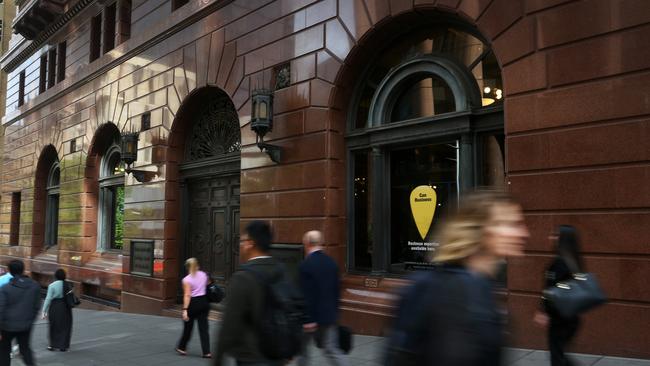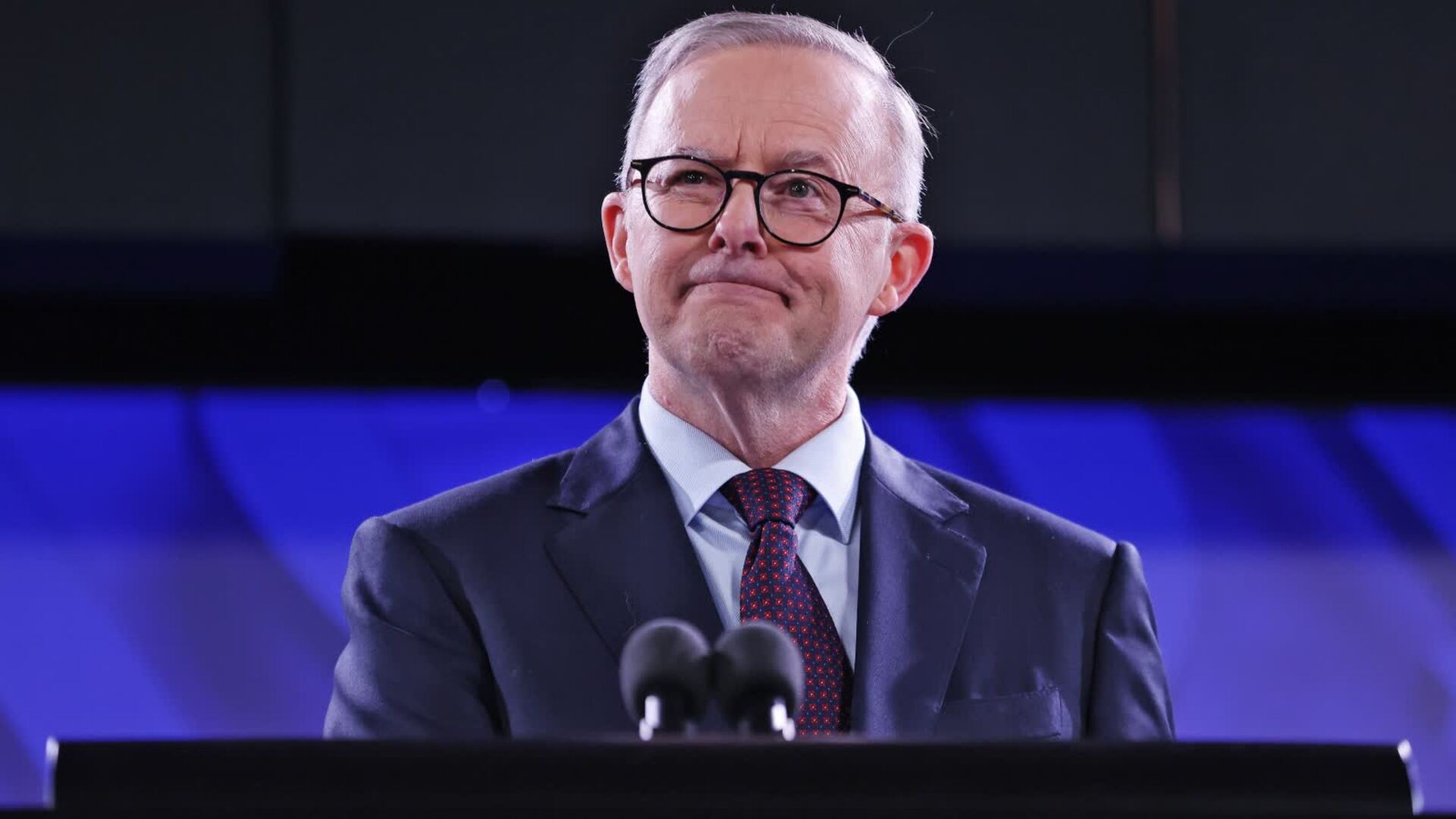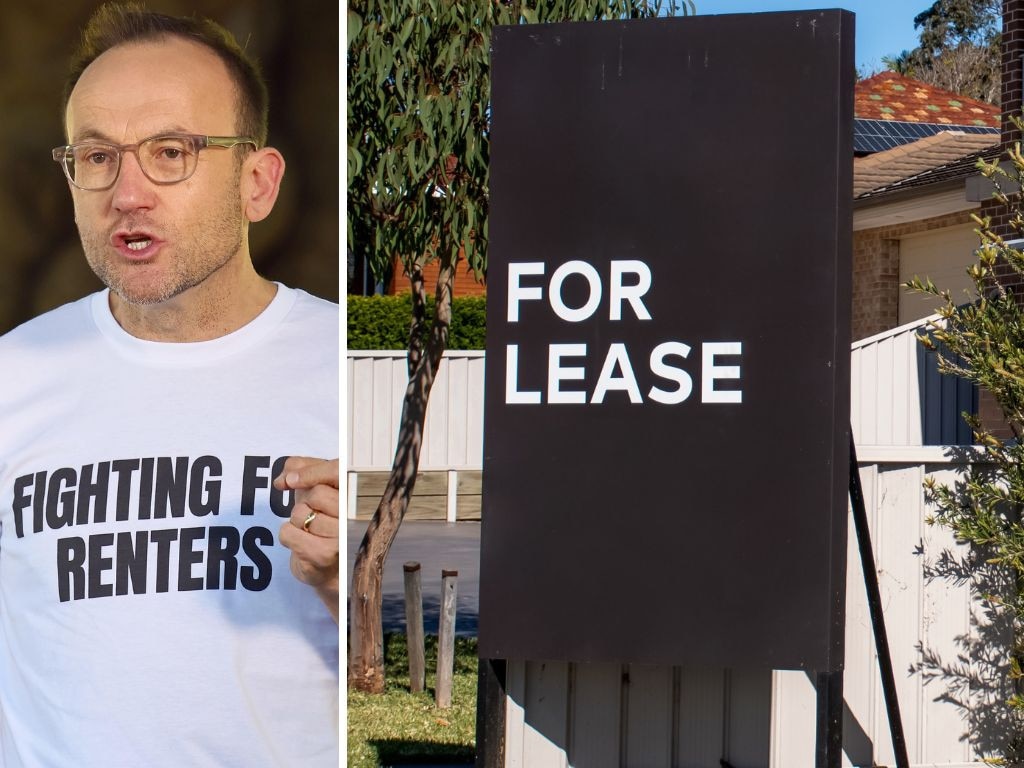
Politicians say they want “housing affordability”, but that vague phrase conveniently allows for rapid increases in dwelling prices that – let’s be honest – most voters quietly desire, especially anyone who has just bought with a 5 per cent deposit under Labor’s imminent scheme!
If wages rise faster than house prices, or banks relax their lending standards, then homes could in theory become more affordable, even amid rising prices. To be sure, that rarely occurs, but it’s not mainly because of two-faced pulling strings to get higher prices, but rather because of the least understood aspect of our economy: how bank credit, which is in effect money, comes about.
I had a chance to dwell on the process again this week when my home loan was approved by one of the big banks. Some bank clerk in Sydney pressed a button and $700,000 in new money was created, conjured out of thin air.
The bank’s assets (home loans) suddenly increased by the same amount as its liabilities (customers’ deposits): $700,000. This had nothing to do with the Reserve Bank, Treasury or any regulatory agency, as most people believe.

The bank didn’t lend me someone else’s funds, it created them itself. Don’t believe me?
“Whenever a bank makes a loan, it simultaneously creates a matching deposit in the borrower’s bank account, thereby creating new money,” the world’s oldest central bank, the Bank of England, said in a rare public admission in 2014. “One common misconception is that banks act simply as intermediaries, lending out the deposits that savers place with them,” it continued.
When banks can create money on demand, almost without limit, to allow “borrowers” to buy assets that are practically in fixed supply, such as residentially zoned land in desirable locations, prices in dollar terms will, with the occasional cyclical deviation, relentlessly rise.
The total value of home loans and dwellings (to be more accurate, the land underneath the dwellings) are inextricably linked. Over the four years to December 2024, the total value of dwellings in Australia increased 40 per cent to just over $11 trillion, according to the ABS. Over the same period, the value of owner-occupier and investor loans outstanding increased almost 30 per cent to $2.4 trillion.
Way back in 1976 the total value of all loans in Australia was under $40bn. When banks can create money, practically without limit, by simple accounting, it’s no surprise over time there’s a lot of it sloshing around. For all the attention it receives, the impact “negative gearing” has on property prices over time would be laughably small by comparison. Indeed, among the range of widely panned policies put forward by the major parties to help first-home buyers, the Coalition’s plan to instruct the prudential regulator to make it easier for banks to extend more and bigger loans to lower-income households could have the biggest upward impact on prices.

No doubt it’s a popular policy among banks. Creating credit is a very profitable enterprise. A banking licence is quite literally a licence to create money. In the simplest terms, the bigger the loans the greater the profits, because the average interest rate on loans is significantly greater than the average interest rate paid on deposits. There’s another advantage of a larger balance sheet too: the bigger a bank becomes, the less chance any government would ever let it fail, which in turn slashes its borrowing costs. Coles or Qantas could go broke, for instance, without much disruption to the broader economy, but not banks, which together run the payments system, and whose collapse could trigger the collapse of other banks. A financial system dominated by a handful of huge institutions, despite appearances, is not genuine free enterprise.
No one seriously thinks any of the major banks, or even Macquarie or the smaller banks, would be allowed to collapse by the Australian government. All the prices and interest rates they charge are affected by this critical caveat.
All this is to explain why ANZ’s purchase of Suncorp in the middle of last year, the last of the country’s “smaller” banks, was one of the worst public policy decisions in recent history. In a free market, businesses should absolutely have the right to merge, but not when they are de facto arms of government, whose profitability is supercharged by complex regulations that favour bigger players.

Even without the government guarantee, modern banking has become a strange beast: the product is in effect numbers on a screen that represent the Australian dollar, itself a product entirely of federal legislation.
Certainly, the acquisition made sense for ANZ and Suncorp: they appealed to the ironically named Australian Competition Tribunal, which duly overturned the ACCC’s earlier decision to prevent it.
The banking system is now less competitive, and the implicit guarantee from taxpayers (which is worth billions of dollars a year) more certain and valuable.
The Covid pandemic snuffed out much debate about economic reform and productivity, a state of affairs that sadly appears to have continued into the current election campaign. The financial system is just one of many areas of the economy that avoids scrutiny, as if all the problems identified before the pandemic have vanished.
Questions about industry structure might equally be asked about airlines and supermarkets. Genuine competition is a critical part of a free society. US Treasury Secretary Scott Bessent recently called for a nationwide push to improve financial literacy. We could certainly do with some of that – and economic literacy – here too. It’s not only credit creation that few understand, but even what a mortgage is. Borrowers typically say “I have a mortgage”, but no, the bank has the mortgage, a legal right to the borrower’s property. We have a long way to go.
Adam Creighton is chief economist at the Institute of Public Affairs.







As someone who’s recently bought a place in Melbourne, it’s personally reassuring that no matter who wins the federal election house prices are likely to keep rising. The grab bag of demand stimulants announced by the two major parties can only push prices one way – up.